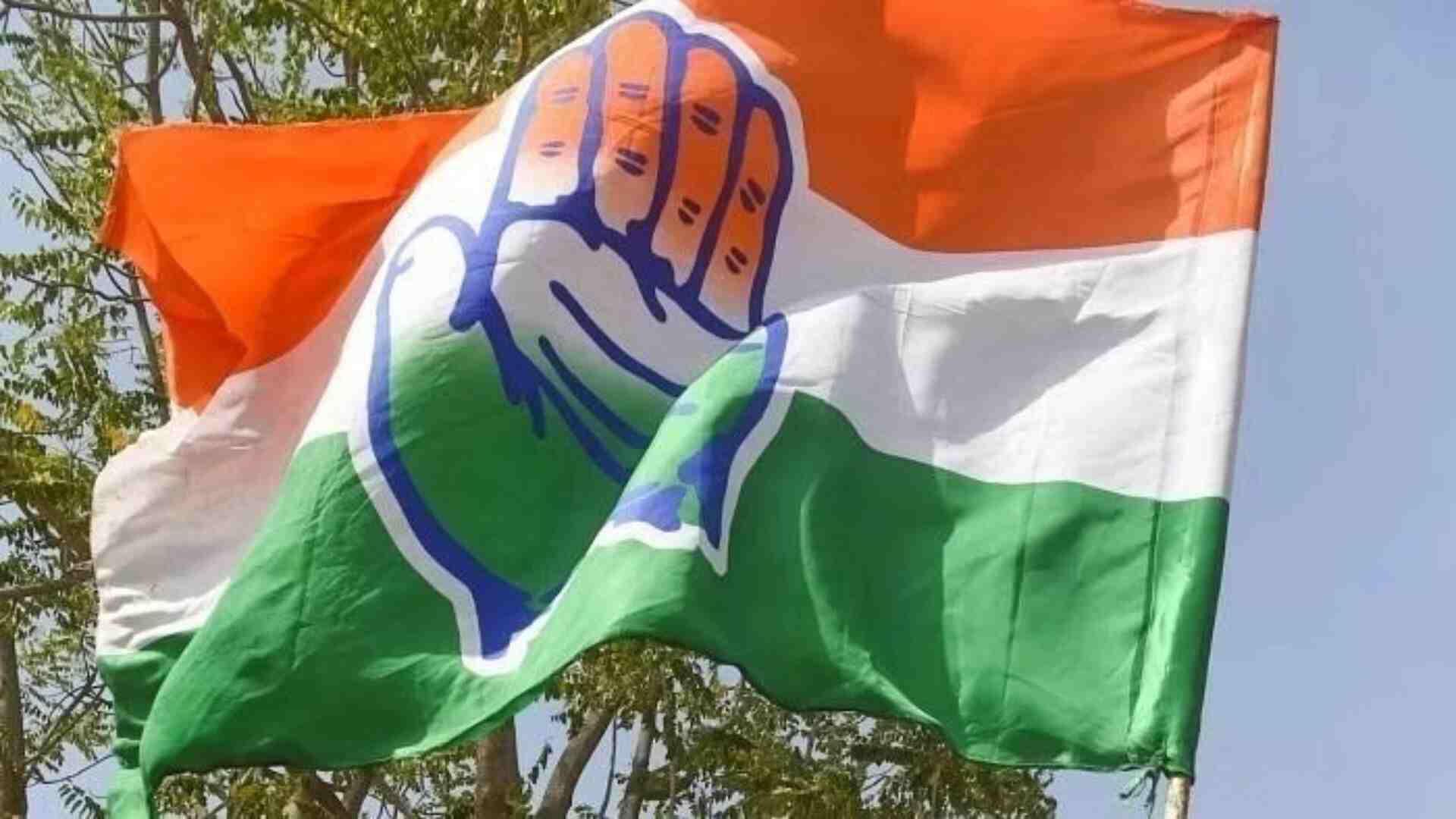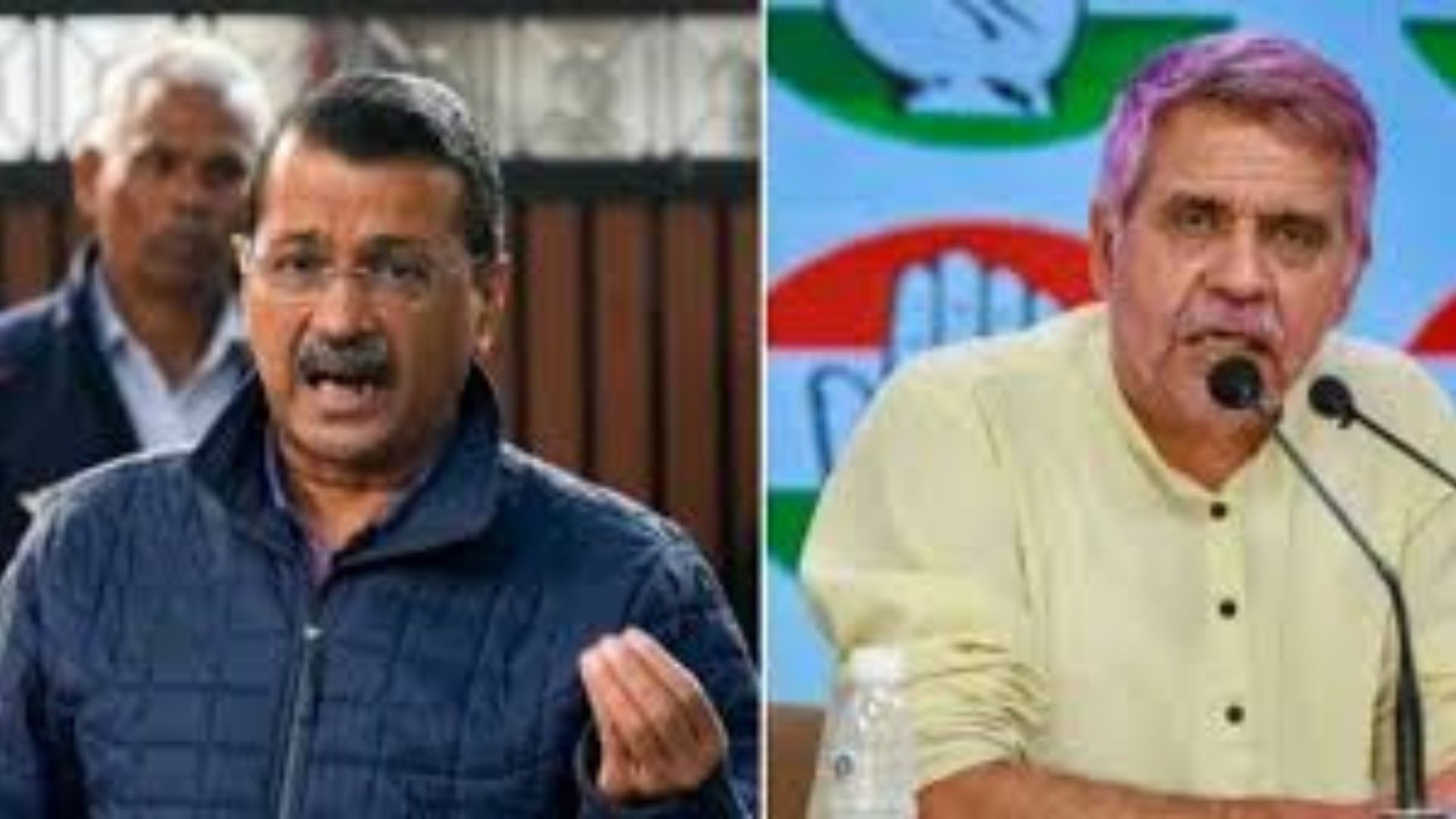Political parties often go to great lengths to either seize power or maintain their hold, but sometimes their strategies take unexpected turns, as seen in the Maharashtra elections. The approach taken by Congress in recent times has been surprising. This shift was evident in the Lok Sabha elections, and now, in the Assembly elections, Congress seems to be making significant sacrifices. In Maharashtra, the situation has become such that Congress leaders appear to have sidelined their own leader, Sonia Gandhi, and have instead embraced Balasaheb Thackeray as their leader — a figure who has historically opposed and marginalized the Congress party.
In politics, posters and banners often carry subtle but powerful messages. The placement, size, and prominence of photos can speak volumes, and any change — even the slightest movement of a photo — can grab attention. Recently, in Mumbai, a significant event unfolded when the Mumbai Nama was unveiled, resembling the Mahavikas Aghadi manifesto. The posters that accompanied the release raised eyebrows for their strategic imagery. Balasaheb Thackeray was given a separate and prominent position, with his photo displayed larger than the others. In stark contrast, the images of other leaders were noticeably smaller, and Sonia Gandhi’s photo was entirely absent from the posters, sending a clear and deliberate message.
The Congress party, once a dominant force, now finds itself in a situation where its ability to fight alone is diminishing. One of the most surprising moves came when Congress formed an alliance with Uddhav Thackeray’s Shiv Sena — a party whose ideology is largely aligned with that of the BJP, rooted in Hindutva politics. Shiv Sena founder Balasaheb Thackeray was a staunch advocate of Hindutva and played a key role in protecting Mumbai and Maharashtra from the mafia, gaining success with his hardline approach. His alignment with the BJP was largely driven by shared ideological values.
However, the surprising shift came with his son, Uddhav Thackeray, who abandoned this ideology in exchange for power. His party, Shiv Sena, now appears willing to compromise its principles for political gain. But the real shocker is the role of Congress, particularly its leader Rahul Gandhi.
It is well-known that Rahul has long opposed the ideology of the RSS and even refused to admit his cousin Varun Gandhi into Congress, citing his association with the RSS. Rahul had made it clear that Varun’s RSS-linked ideology was incompatible with Congress’ values. Given this background, it is all the more surprising that Uddhav Thackeray, who emerged from the hardline Hindutva ideology of his father, was willing to forge an alliance with Congress. This alliance marks a significant shift, as Uddhav, a former champion of Hindutva, has now partnered with a party that has traditionally been critical of the very ideology he once upheld.
In the ongoing Maharashtra elections, Congress finds itself under increasing pressure from Uddhav Thackeray’s Shiv Sena, with the party seemingly playing a junior role in both seat-sharing and campaign strategies. Congress leaders are more focused on protecting their own positions than on the welfare of the party, with many questioning the party’s future.
The situation is particularly tense for Congress leaders dispatched to Maharashtra for campaigning, who are increasingly concerned about the party’s declining fortunes.
There is growing doubt over whether Uddhav Thackeray, whom Rahul Gandhi is relying on, will remain loyal to the alliance in the long run.
Historically, Congress has faced more betrayals from external allies than from within its own ranks. Many believe that if Congress had not allowed the Aam Aadmi Party (AAP) to form a 50-day government in Delhi, the party might have fared better in both Punjab and Delhi.
Despite past mistakes, Congress has not learned from its missteps.
By re-entering an alliance with AAP in the Lok Sabha elections, Congress found itself entangled in corruption charges against Arvind Kejriwal, and its decision to separate from AAP now feels too little, too late.
Meanwhile, BJP has launched its own campaign, making inroads into key figures, including Kailash Gehlot, a senior minister in the Delhi government. There are reports suggesting that several prominent leaders from AAP may join BJP before the elections are announced.
For Congress, the lesson is clear. This could be a mismatched alliance for the sake of power and might cause more harm than good in its efforts to counter BJP. The true outcome of Congress’ alliance strategy will be revealed on November 23, when the results of the Maharashtra elections will determine whether Rahul Gandhi’s decision to partner with Thackeray was a wise one or a costly mistake







